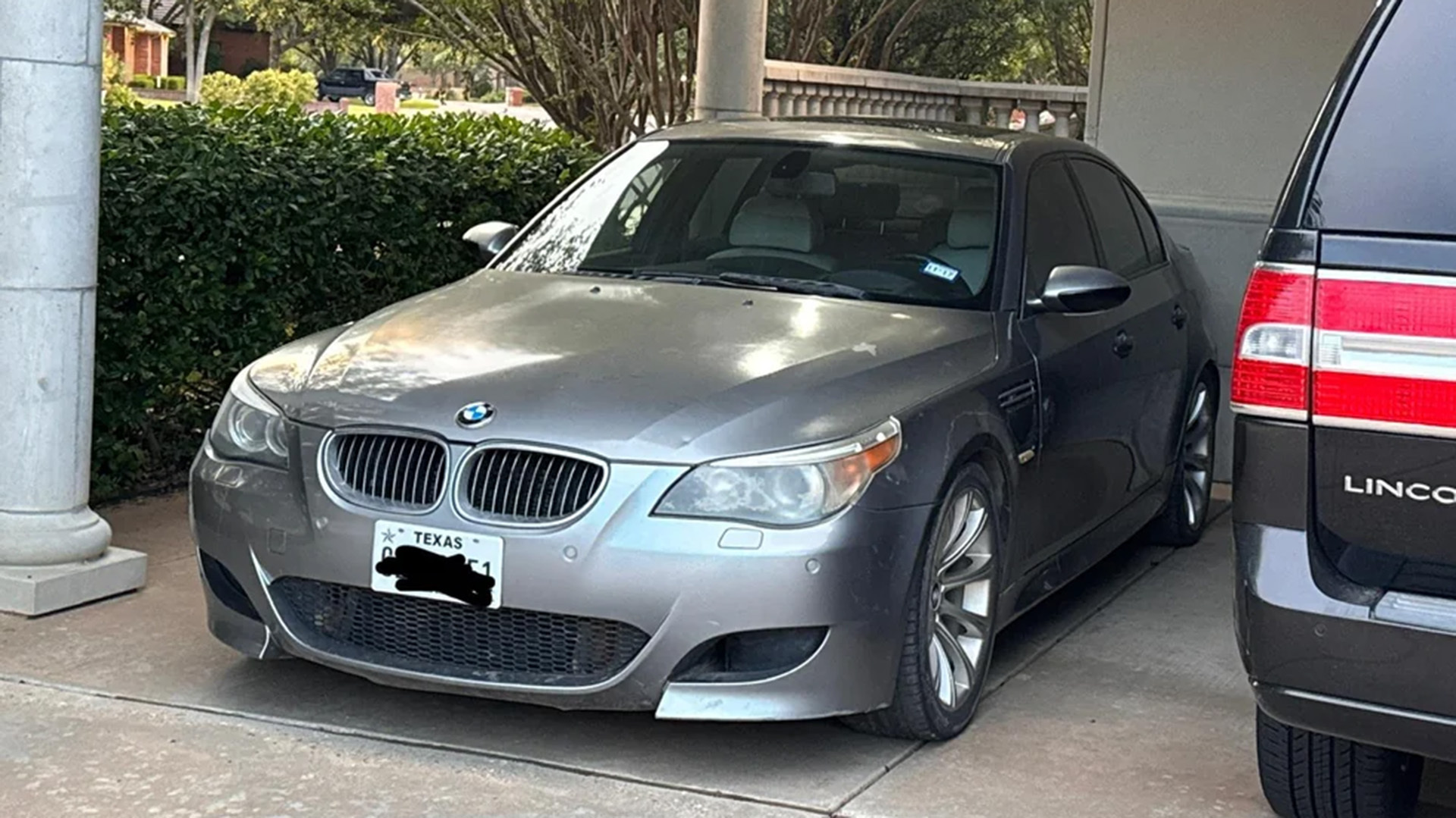A $2,000 Gamble on a High-Performance Classic
In the world of car restoration and used vehicle purchases, few stories are as intriguing—or as potentially rewarding—as that of a mechanically-inclined buyer who recently took a chance on a non-operational E60 BMW M5 for just $2,000. This particular model, known for its raw performance and mechanical complexity, represents the pinnacle of naturally aspirated engineering from BMW’s M division.
The E60 M5, powered by a 5.0-liter V10 engine producing 507 horsepower, is often considered the last true driver’s M5 before turbocharging became the norm. It’s a car that offers an intoxicating mix of power, sound, and driving dynamics—but also one that demands attention to maintenance and repair. Known issues with components like the VANOS system, rod bearings, and clutch have made ownership both thrilling and occasionally expensive.
This specific example had been sitting unused for seven years after a failed clutch replacement left it inoperable. According to the new owner, the previous caretaker—a farmer—had installed a new clutch but was unable to get the car running properly again. The result? A high-performance sedan collecting dust and waiting for someone bold enough to take it on.
The Problem: Transmission Adaptation and Parking Brake Signal
The issue appears to stem from the car’s electronic systems rather than a catastrophic mechanical failure. After installing a new clutch, modern vehicles like this M5 require a transmission adaptation process to recalibrate the drivetrain components. However, in this case, the adaptation won’t complete. The likely culprit? An electrical signal indicating the parking brake is engaged—even though it isn’t.
A faulty sensor or wiring issue is causing the car’s ECU (engine control unit) to think the parking brake is still on, which prevents the necessary software calibration from taking place. With the use of an OBD II code reader, the owner confirmed that this is indeed the root of the problem. Their plan involves disconnecting the switch responsible for sending that false signal to the ECU, which—if successful—should allow the adaptation process to proceed.
If all goes well, this $2,000 investment could soon yield a fully functional super sedan capable of delivering spine-tingling acceleration and that signature V10 wail at full throttle.
Tackling the Mechanical Weaknesses Head-On
Of course, no M5 purchase would be complete without addressing its known mechanical vulnerabilities. The new owner acknowledges the elephant in the room—specifically, the VANOS system and rod bearings. These components are notorious among M5 owners for requiring periodic replacement due to wear and oiling issues.
Thankfully, the buyer is not entering this project blindly. They’ve stated they have access to a lift and possess the mechanical know-how to replace these critical parts. Replacing the VANOS solenoids and rod bearings—along with ensuring the clutch remains properly adjusted—could set the stage for reliable performance for years to come.
With the clutch already replaced and essentially brand new, much of the labor-intensive groundwork may already be done. Now it’s a matter of sorting out the electronics and refreshing the known weak points to bring the car back to its full potential.
The Reward: Pure Driving Excitement
Even at face value, $2,000 for a car that can produce over 500 horsepower and deliver a symphonic exhaust note at redline is a compelling deal. Whether it’s carving through mountain roads or simply pulling away from a stoplight, the E60 M5 offers an experience few sedans can match.
For those willing to put in the work, the payoff is immense. Once restored to full function, this M5 won’t just be a mode of transportation—it’ll be a celebration of automotive engineering at its most visceral.







